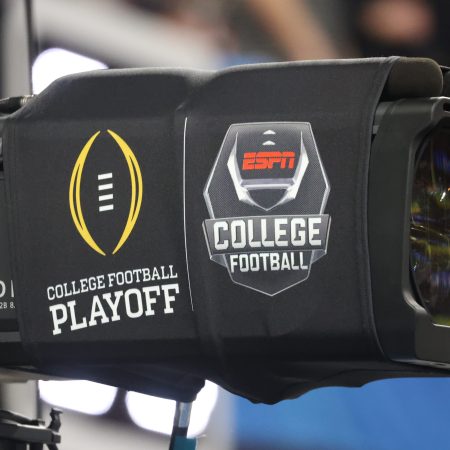It’s been a strange year for moviegoers, and a stranger one for movie studios. Some blockbuster films have been rescheduled, while others have shifted to a hybrid theatrical-and-streaming model. There have been a few bright spots there, including the fact that a lot of moviegoers are willing to pay to see Godzilla vs. Kong on a big screen even though it’s also watchable on HBO Max.
What that film’s success means for the future of the film industry (and theatrical distribution) is one element of a wide-ranging article by Will Bedingfield at WIRED. Bedingfield cites the film’s success as grounds for optimism regarding theatrical moviegoing, and offers plenty of analysis about theatrical windows, experiments in release models and where studios have found surprising success.
The bulk of the article, though, focuses on the eagerly-awaited No Time to Die, notable for being Daniel Craig’s final outing as James Bond. The film has seen its release date moved multiple times, and has been the subject of speculation about whether it might debut on a streaming service.
WIRED‘s article points out that blockbusters of a certain size may not be suited for streaming for financial reasons. Bedingfield cites the rumors that MGM was exploring a No Time to Die sale for $600 million, and points out that that sum is beyond the range of most streaming services. “It’s questionable whether streaming will ever bring in enough revenue to make blockbusters like Bond, which could gross more than a billion dollars, a viable proposition,” he writes.
It’s a fascinating breakdown of the economics of, and changes to, the film industry circa now — and it’s instructive for what film buffs might expect in the next few years, from release date changes to new modes of moviegoing.
Thanks for reading InsideHook. Sign up for our daily newsletter and be in the know.


















